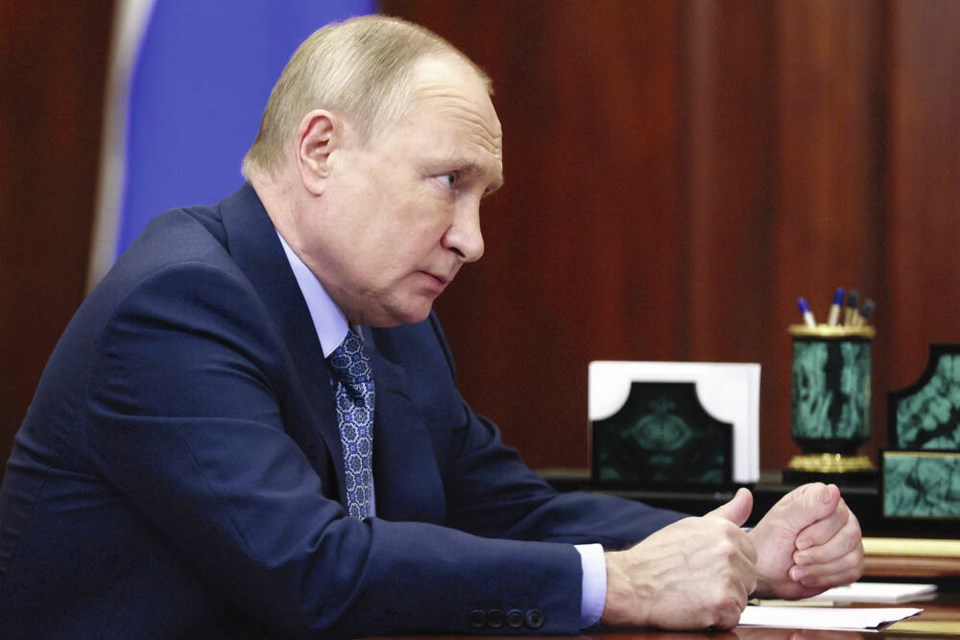As the Russian invasion of Ukraine drags on, the question must be asked, why on Earth is it taking so long? At the outset, Russian’s armed forces massively outnumbered those of Ukraine.
While estimates vary, it’s generally believed the Russian army has 900,000 active personnel, along with two million reservists. The all-in military budget is about $60 billion a year.
By comparison, Ukraine maintains some 200,000 active personnel, with a budget of just $6 billion. On paper, at least, it should all be over by now.
So what happened? No doubt troop morale played a part.
The Ukrainian forces were fighting for hearth and country, with their backs to the wall.
By contrast, Russia’s soldiers had no such incentive. Many were conscripts who would happily have stayed home.
Some had friends and relatives in Ukraine. But divided loyalties have no place on a battlefield.
It’s also been said that Vladimir Putin was misled about the combat readiness of his army. American analysts believe Putin’s top generals were afraid to level with him. If so, the only choice facing them is to be shot in Ukraine, or shot in Moscow on their return.
But a broader inquiry is called for. How could an army so numerically superior turn in such a miserable performance?
The reason, I believe, is to be found in the prevailing mood of the Russian people as a whole. You have a nation that has lost most of its empire, likewise much of its dominant position as a great power, and with that, its place in the world.
The territories in central and eastern Europe conquered by the Red Army after the Second World War have largely been relinquished, not by common consent, but by far-reaching powerlessness.
And Russia’s political apparatus is sundered from the common people. In Putin, you have a leader who commands fear, even terror, but no loyalty or devotion.
In short, the Russian army of today is a mirror of the Russian state — strong on paper, but with little sense of purpose or design.
It will be interesting to see how Putin responds to his loss of face. For his own survival, he can’t take this lying down.
He’s already stepped into the financial markets to prop up the ruble. We have to assume there will be tit-for-tat sanctions aimed at Western economies in the weeks ahead.
But thanks to the fiasco in Ukraine, we have to assume that a major effort will be made to rebuild the country’s military forces, and reinvigorate them with a sense of mission and pride.
That, in turn, means NATO is facing a challenge that will be difficult to manage. Already we’re seeing some breakdown in attempts to present a unified face.
U.S. President Joe Biden didn’t help matters when he went off script and called for Putin’s removal. That shocked his country’s allies who knew such a demand would, if anything, cement Putin’s hold on power.
What Russian general or politician, plotting the downfall of their boss, would want to look like Biden’s poodle?
Basically, we’re back at the start of the Cold War, a dispiriting thought. The same weapons buildup, the same feverish efforts at long-distance diplomacy, often misread or ignored, the same fear that some bored 18-year-old in a missile silo will push the wrong button.
We have Vladimir Putin to thank for all that.



